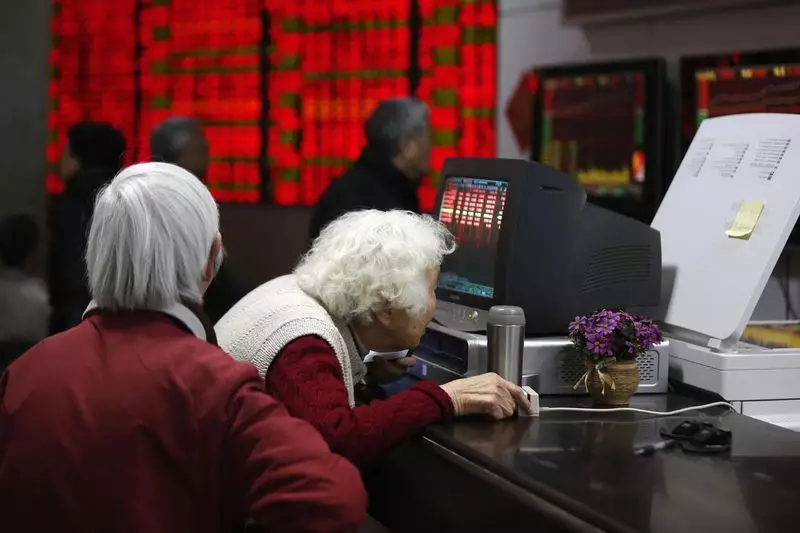As global markets navigate uncertain waters, Asian currencies displayed muted reactions on Tuesday, primarily due to the prevailing cautious sentiment leading up to significant interest rate announcements from major central banks. The spotlight is particularly on the U.S. Federal Reserve, which is anticipated to announce a 25 basis point cut in interest rates during its Wednesday meeting. While this potential cut aims to stimulate the economy, it is also expected to come with signals of a slower pace of easing extending into 2025, a factor that has reinforced the robustness of the U.S. dollar and applied downward pressure on Asian currencies.
During the Asian trading hours, the U.S. Dollar Index remained mostly stable, showing marginal gains in futures trading. This stability in the dollar can be attributed to investor positioning ahead of the Fed’s impending rate decisions. The Japanese yen, a focal point in Asian currency movements, saw the USD/JPY pair holding steady. Reports indicate that the Bank of Japan is likely to keep interest rates unchanged, diverging from prior speculation that a rate hike was forthcoming. This decision aligns with Japan’s ongoing economic strategies which have prioritized stability over aggressive adjustments.
Turning to the Indonesian rupiah, there was a mild increase of 0.4% in the USD/IDR pair as local central bank authorities indicated intentions to maintain the key interest rate. This approach aims to bolster currency stability in the face of global economic headwinds. Similar sentiments are echoed in Thailand, where the Bank of Thailand has also signaled intention to keep interest rates steady after an unexpected cut last month, causing the Thai baht to see a modest rise of 0.2% against the dollar.
Conversely, the Philippine peso experienced a slight decline ahead of its central bank’s anticipated rate cut. The Bangko Sentral ng Pilipinas is projected to reduce rates by another 25 basis points, marking the third such cut in succession. This trend reflects broader economic pressures within the country and the central bank’s objective to invigorate growth.
As central banks navigate these turbulent waters, the Chinese yuan has shown a modest uptick while grappling with dismal retail sales growth data that reveals consumer spending weaknesses in November. Meanwhile, the South Korean won has faced a downward trend, with reports of political instability stemming from President Yoon Suk Yeol’s recent impeachment adding to investor anxieties.
On a slightly positive note, the Singapore dollar remains resilient, while the Australian dollar showed minor weakness amidst the backdrop of shifting global economic conditions. The Indian rupee, in a notable development, reached an all-time high against the dollar, reflecting domestic economic factors that continue to distinguish it amidst broader regional challenges.
As Asian currencies navigate uncertainties stemming from global central bank decisions, subdued movements highlight a market marked by caution and an acute awareness of economic indicators that could influence future trajectories. Investors will be keenly watching developments to gain insights into the broader economic landscape.

